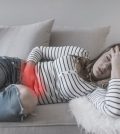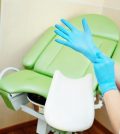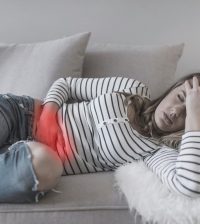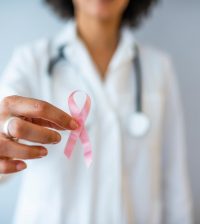- Tips for Spending Holiday Time With Family Members Who Live with Dementia
- Tainted Cucumbers Now Linked to 100 Salmonella Cases in 23 States
- Check Your Pantry, Lay’s Classic Potato Chips Recalled Due to Milk Allergy Risk
- Norovirus Sickens Hundreds on Three Cruise Ships: CDC
- Not Just Blabber: What Baby’s First Vocalizations and Coos Can Tell Us
- What’s the Link Between Memory Problems and Sexism?
- Supreme Court to Decide on South Carolina’s Bid to Cut Funding for Planned Parenthood
- Antibiotics Do Not Increase Risks for Cognitive Decline, Dementia in Older Adults, New Data Says
- A New Way to Treat Sjögren’s Disease? Researchers Are Hopeful
- Some Abortion Pill Users Surprised By Pain, Study Says
Filtered Sunlight May Be Effective Jaundice Therapy


Filtered sunlight may be a safe, cheap and convenient way to treat jaundice, a common problem in newborns, a new study suggests.
“This research has the potential for global impact,” said study senior author Dr. David Stevenson, the Harold K. Faber professor in pediatrics and senior associate dean for maternal and child health at Stanford University, in Palo Alto, Calif.
“All babies can get jaundice. In settings with no access to modern devices, we’ve shown we can use something that’s available all around the planet — sunlight — to treat this dangerous condition,” he said in a university news release.
Jaundice occurs when newborn babies need time after birth to develop certain enzymes that allow the body to get rid of bilirubin — a compound naturally released during the breakdown of red blood cells.
Babies with a high bilirubin level may develop jaundice, resulting in a yellowish tint to their skin and eyes. If bilirubin is allowed to build up to very high levels in the blood, long-term brain damage may occur, or even death. Newborn jaundice leads to permanent brain damage or death in more than 150,000 babies in developing countries every year, the researchers said.
Phototherapy lamps that emit blue wavelengths can effectively treat newborns with jaundice. But hospitals and health clinics in developing countries may not have access to the electricity needed to run these lamps. They may also not have funding to purchase them.
The study included almost 450 mothers in Lagos, Nigeria, who had babies with jaundice at a large city hospital. The researchers randomly selected about half of the babies to be treated with at least five hours of filtered sunlight daily.
The mothers held their babies under specially designed outdoor canopies made with commercially available plastic films. The canopies filtered out the sun’s harmful ultraviolet, infrared rays but exposed the babies’ skin to blue wavelengths that help treat jaundice. The canopies used on sunny days were different from those used on cloudy days.
Study co-author Hendrik Vreman, a senior research scientist in pediatrics at Stanford, developed, built and tested the canopies. “Even with an overcast sky, we still get good light transmission and phototherapy,” he said.
During treatment, the babies under the canopies were evaluated hourly for signs of hypothermia, overheating, dehydration and sunburn.
The rest of the babies underwent five hours of conventional phototherapy each day.
The study found that the filtered-sunlight therapy was just as safe and effective as the blue-light lamps traditionally used to treat babies with this condition. Filtered sunlight was effective on 93 percent of treatment days. Conventional phototherapy worked on 90 percent of treatment days, the study reported.
Findings were published on Sept. 17 in The New England Journal of Medicine.
The study authors now plan to investigate how greenhouse-like structures that incorporate their filters might provide filtered-sunlight therapy in regions with rainy or colder climates than that of Nigeria.
“We’re excited that we can use our understanding of the biology of jaundice and adapt treatment to the local context of a developing country, and the resources that exist there,” Stevenson said.
More information
The American Academy of Pediatrics provides more information on jaundice.
Source: HealthDay
Copyright © 2024 HealthDay. All rights reserved.










